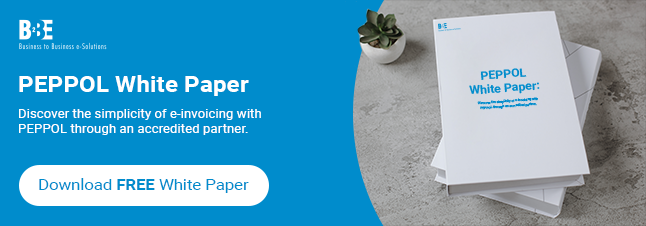The Continuous Transaction Controls (CTC) model is becoming increasingly prominent in e-invoicing processes worldwide. As more governments look to tighten tax controls and ensure real-time visibility into business transactions, the CTC model has therefore emerged as a solution to streamline compliance and minimise fraud.
What is a CTC Model?
The CTC (Continuous Transaction Controls) model is a system where tax authorities receive transactional data—such as e-invoices—directly from businesses in real-time or near-real-time. This model ensures that each transaction is logged and reviewed for compliance as soon as it occurs, preventing errors and tax evasion.
Traditionally, invoices were reported periodically, often after the transaction was completed. The CTC model shifts this by integrating the invoicing process directly into the tax authority’s oversight systems. As a result, this makes reporting almost instantaneous.
Watch our video round-up below:
How Does the CTC Model Work in E-Invoicing?
In a CTC model, when a company issues an invoice, it first goes to the tax authority for validation before being sent to the buyer. Here’s a typical flow:
- Invoice Creation: The supplier firstly generates the e-invoice.
- Submission to Tax Authority: The invoice is then sent electronically to the tax authority for validation.
- Validation Process: The tax authority verifies the invoice data to ensure it meets regulatory requirements.
- Delivery to Buyer: Once validated, the e-invoice is forwarded to the buyer for processing.
- Real-Time Reporting: Finally, the tax authority receives and logs the transaction in real-time for auditing and compliance purposes.
Conclusion
The CTC model in e-invoicing is not only about compliance; it also offers practical benefits for businesses by streamlining the invoicing process and providing faster payments. As more countries adopt this model, businesses need to adjust their systems to stay compliant and benefit from its efficiency.
Learn more about B2BE’s Customer e-Invoicing, Supplier e-Invoicing and PEPPOL Access Point solutions.
About B2BE
B2BE delivers electronic supply chain solutions globally, helping organisations to better manage their supply chain processes, providing greater levels of visibility, auditability and control. We’re driven by a passion for what we do, inspired by innovation, and underpinned by a wealth of knowledge. With over 20+ years of experience, the B2BE teams operate worldwide.
For more information, visit www.b2be.com.

